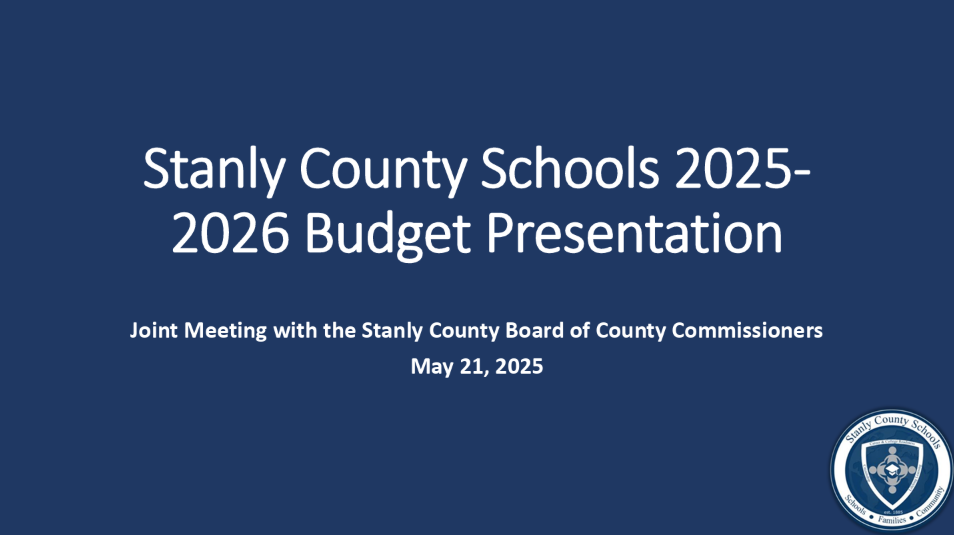SPONSORED: Dr. J. and the Rest of the Story
Published 11:31 am Friday, December 13, 2019
|
Getting your Trinity Audio player ready...
|

Dr. Jeff James
I have remained silent and have listened repeatedly to those who are pushing consolidation. Please do not take this as my support or denial, as with my stories I am attempting to get the facts out. Those sounding the alarm for consolidation must weigh the cost benefit of any change. The conversation, in my opinion, should be how well are we educating our kids! As I have said multiple times, every school configuration has its pros/cons based on the community, students, parents, and economic variables. In the next weeks I will present the facts from solid and in-depth research on this matter. To quote the old Dragnet FBI show adage, “Just the facts ma’am, just the facts.”
Research on School Size
Over 25 years ago, Butler and Monk (1985) reported that smaller schools were more
efficient than larger schools for three reasons: (a) a small number of administrators are needed and teachers are more productive in rural divisions due to the population being more
homogeneous than urban regions, (b) people tend to stay in rural areas making them more
stable while the mobility rate for urban communities is greater creating less stability, and (c)
there are fewer activities to interfere with education in the rural divisions than in the urban
divisions. Some 10 years later, Cotton (1996) conducted a quantitative study on consolidation
and found that smaller schools had greater advantages over larger schools in the following
areas: achievement, attitudes toward school, social behavior problems, extracurricular
participation, feelings of belongingness, interpersonal relations, attendance, dropout rate, self-concept, and success in college among others. In a related study conducted earlier, Nachtigal (1982) reported that small schools were necessary due to location and had “strengths of smallness.” Small schools allowed higher numbers of students to participate in extracurricular activities and higher numbers of students to be enrolled in academic courses with more teacher attention due to a lower student/teacher ratio and closer student relationships to the local community.
A more contemporary review of the school size literature conducted by Bard et al.
(2006) concluded that eliminating small school divisions does not reduce cost, improve
education, or provide equal opportunities for students from rural areas while students from
high poverty areas tend to have greater academic achievement in small schools. Another factor
related to school size is that the rural school is typically the social and economic hub of the
community (Langdon, 2000; Lawrence, Bingler, Diamond, Hill, Hoffman, Howley, Mitchell,
Rudloph, & Washor, 2002; Lyson, 2002). Many social events are held at the local schools and
often the school system is the largest employer in a rural area (Langdon; Lawrence et al.;
Lyson). However, the research findings have not been conclusive regarding the number of
students that a public school division or school should have. Based on per pupil cost to operate a school system, the numbers range from a maximum of 4,000 to 5,000 students to a minimum enrollment of 750 pupils in a public school division (Imerman & Otto, 2003; Lawrence et al.).
Economic studies of consolidation of smaller divisions into larger divisions do not
indicate that a reduction of fiscal expenditures per pupil occurs with consolidation (Eyre & Finn, 2002; Hirsch, 1960; Jewell, 1989; Kennedy, Gentry, & Coyle, 1989; Reeves, 2004; Sher & Tompkins, 1977; Valencia, 1984). It has been reported that politicians feel that smaller schools cause larger schools to lose financial resources and often refer to small schools as inefficient (Bailey, 2000; Duncombe, Miner, & Ruggiero, 1994; Howley & Howley, 2006; Lawrence et al.).
When considering small schools, Lawrence et al. (2002) recommended that the total population of a school not be considered to determine smallness but use of enrollment per grade level. In a review of literature, Bailey (2000) compared small and large schools using a series of research articles from the Center on Rural Affairs which indicated small schools were the safest, best, and most efficient way to educate America’s youth. Part of the evidence considered by Bailey included the 1996-97 report.
In the Report of the United States Department of Education Violence and Discipline
Problems in U. S. Public Schools, were statistics that compared small schools with less than 300 students and large schools with 1,000 or more students. It revealed that big schools have: 825% more violent crimes ∙ 270% more vandalism ∙ 378% more theft and larceny ∙ 394% more physical fights or attacks ∙ 3,200% more robberies ∙ 1,000% more weapons incidents (Violence and Discipline Problems in U.S. Public Schools: 1996-97, 1999). 17 Violent acts were found by Bailey (2000) to me more prevalent in larger schools than in smaller rural schools. Only 14% of larger schools were able to report minor or no discipline problems while 52% of small schools reported none or only minor discipline problems. Bailey concluded that small schools had fewer problems than larger schools with respect to tardiness, absenteeism, violence, student alcohol abuse, drug use, and tobacco violations because many discipline problems were detected and resolved before they occurred. The reasons for fewer problems reside with the fact that students who attended small schools felt connected and bonded to their community because everyone associated with the school, including the principal, knew their names. Bailey reported that the principal at Columbine High School, which had an enrollment of 2,000 students, did not know the two shooters names or anything about them prior to the shooting. In addition, Bailey discovered that smaller schools had higher graduation rates and more graduates entering post-secondary schools with a lower percentage of student dropouts than did larger schools which tended to have a lower quality school climate–a finding consistent with Cotton’s (1996) conclusion that students feel a sense of belonging when attending a small school where most everyone knows their name and the faculty can identify and deter potential dropouts.
Furthermore, Bailey indicated that small schools supported more parental and community
involvement in the education of students.
Tune in to more in our next edition.





